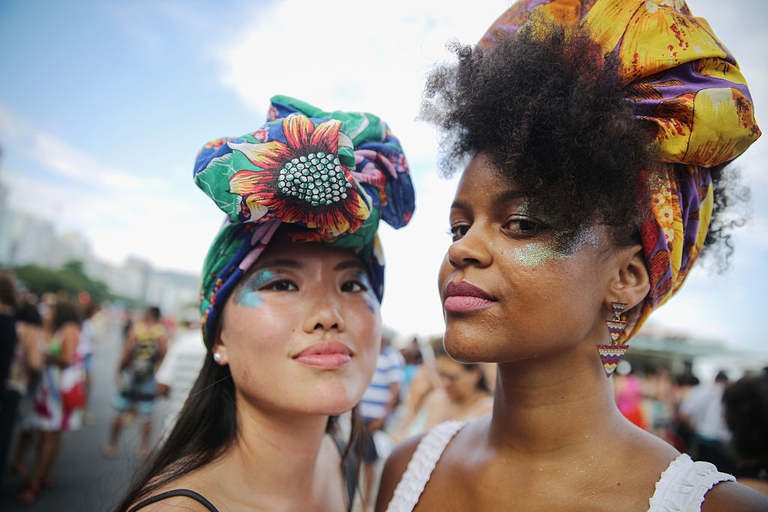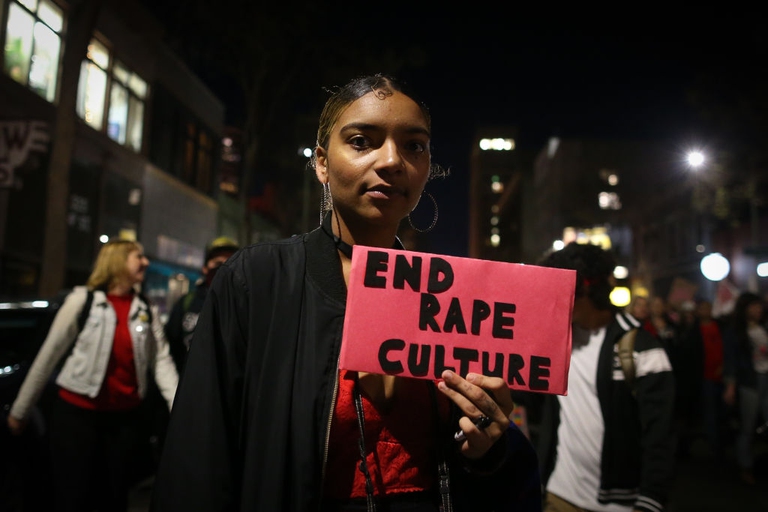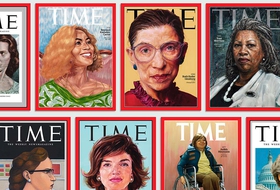
One in three women have suffered physical or sexual violence. With contributions from Europe, Africa, Asia and Latin America, we look at how this shadow pandemic affects every corner of the world.
The global gender gap or index has widened, the 2017 World Economic Forum report shows. In view of the International Day for the Elimination of Violence against Women, we analyse how these phenomena are sadly related.
Every November, on the 25th, we celebrate the International Day for the Elimination of Violence against Women – sign that its goal is still far from being accomplished. According to the United Nations, one in three women worldwide have experienced some form of physical, psychological or sexual violence in their lifetime. To really understand the scope of the problem, take a pause and look around you. How many women do you see? Are you able to count how many nightmare stories are walking down the street right now?
Although limited data is available, the grim statistics seem to have no end. About 200 million girls and women have been subjected to genital mutilation. Almost 750 million women today were married as children. Around 120 million girls worldwide have been the victim of sexual violence. The most crucial factor behind these numbers is that the cause of violence against women and girls, while multilayered, is essentially one: their gender. And for the first time in a decade, the economic global gender gap has widened, showing that we’re not moving in the right direction: it would still take us at least 217 years to close the gap, recent data shows.
The situation of women in 60 countries has worsened, according to the annual report by the World Economic Forum (WEF) released earlier this month. To reach global gender parity we’ll need to overcome the overall gap of 32 per cent, compared to 31.7 per cent last year. The nearly 400-page long document analyses women’s condition in 144 countries based on four socio-economic pillars: economic participation and opportunity, education, political empowerment, and health and survival.
The most alarming data comes from the economic angle. According to the WEF, we’ve only started to close the economic participation gap, that is the difference between the number of women and men who are employed. Only 58 per cent of this gap has been closed this year – the lowest figure since 2008.
Interviewing for jobs is one of the mechanisms through which gender affects economic prospects. For example, in 1970 women made up only 5 per cent of symphony orchestras. Nowadays, the number has jumped to about 30 per cent. This is because in the 1980s orchestras began selecting their members on the basis of so-called “blind auditions”. In other words, musicians today are placed behind a screen so that the jury won’t see them.
The solution of blind reviews has proven effective in other areas of the labour market. Village Capital, a company that focuses on giving entrepreneurs access to opportunities, has observed that gender-blindness substantially increases women’s chances in business. In their programmes, the entrepreneurs present their ideas to other entrepreneurs, who also evaluate each other in an open and transparent process. While women make up only 15 per cent of the participants in the programme that is designed to select the best entrepreneurs tackling global problems, up to 40 percent of winners are women. In the “real” world, on the other hand, only 2 per cent of venture capital funding, which aims to invest in startups and small businesses prospected to grow in the long-term, goes to female-founded companies even though they make up 40 per cent of the market.
At first glance, gender-based violence and the gender gap may seem unrelated. Disadvantages in the labour market aren’t clearly equivalent to being sexually abused, for instance. Nonetheless, by refusing to hire, promote or respect leadership potential in women, employers continue to abuse their power against them – and they do it for one reason only: gender. In this sense, discrimination contributes to creating an environment in which inequality prevails, ultimately feeding a system of power asymmetries that legitimises male dominance, and hence violence, against women.
Siamo anche su WhatsApp. Segui il canale ufficiale LifeGate per restare aggiornata, aggiornato sulle ultime notizie e sulle nostre attività.
![]()
Quest'opera è distribuita con Licenza Creative Commons Attribuzione - Non commerciale - Non opere derivate 4.0 Internazionale.
One in three women have suffered physical or sexual violence. With contributions from Europe, Africa, Asia and Latin America, we look at how this shadow pandemic affects every corner of the world.
The Istanbul Convention against gender-based and domestic violence marks its tenth anniversary. We look at what it is, who its signatories are, and what the future might hold.
European Commission President Ursula von der Leyen reminded us of the gravity of violence against women around the world, and of the Istanbul Convention’s utmost importance.
President Erdoğan has pulled Turkey out of the Istanbul Convention, key in the fight against gender violence, claiming that it favours the LGBT community rather than family values.
Violence against women in Peru has increased as a result of Covid-19 lockdowns. 14,912 people were reported missing from January to November 2020, more than half of them minors and 64 per cent women. People have been confined to their homes for months, many forced to endure poor physical, economic and social conditions. A situation that
Joys Estefani Qqueccaño Huamani, 24, disappeared from her rural community in Peru on 9 October. Her family began looking for her independently of the authorities and despite the resistance of relatives of Joys Estefani’s ex-partner Arturo Ccana Condori, 32, charged with committing violence against her on 28 September, eleven days before Joys Estefani disappeared. Photos
Costa Rica celebrated its first same-sex marriage when two women, Alexandra Quiros and Dunia Araya, celebrated their wedding: an “extraordinary moment”.
The pandemic and its restrictions are affecting everyone, without exceptions. However factors like housing, income inequalities, gender, access to technology and working conditions are influencing how people experience the health crisis.
Time magazine’s 100 Women of the Year project sheds light on influential women’s stories, from Amelia Earhart to Greta Thunberg. A selection of some of the greats for International Women’s Day.









